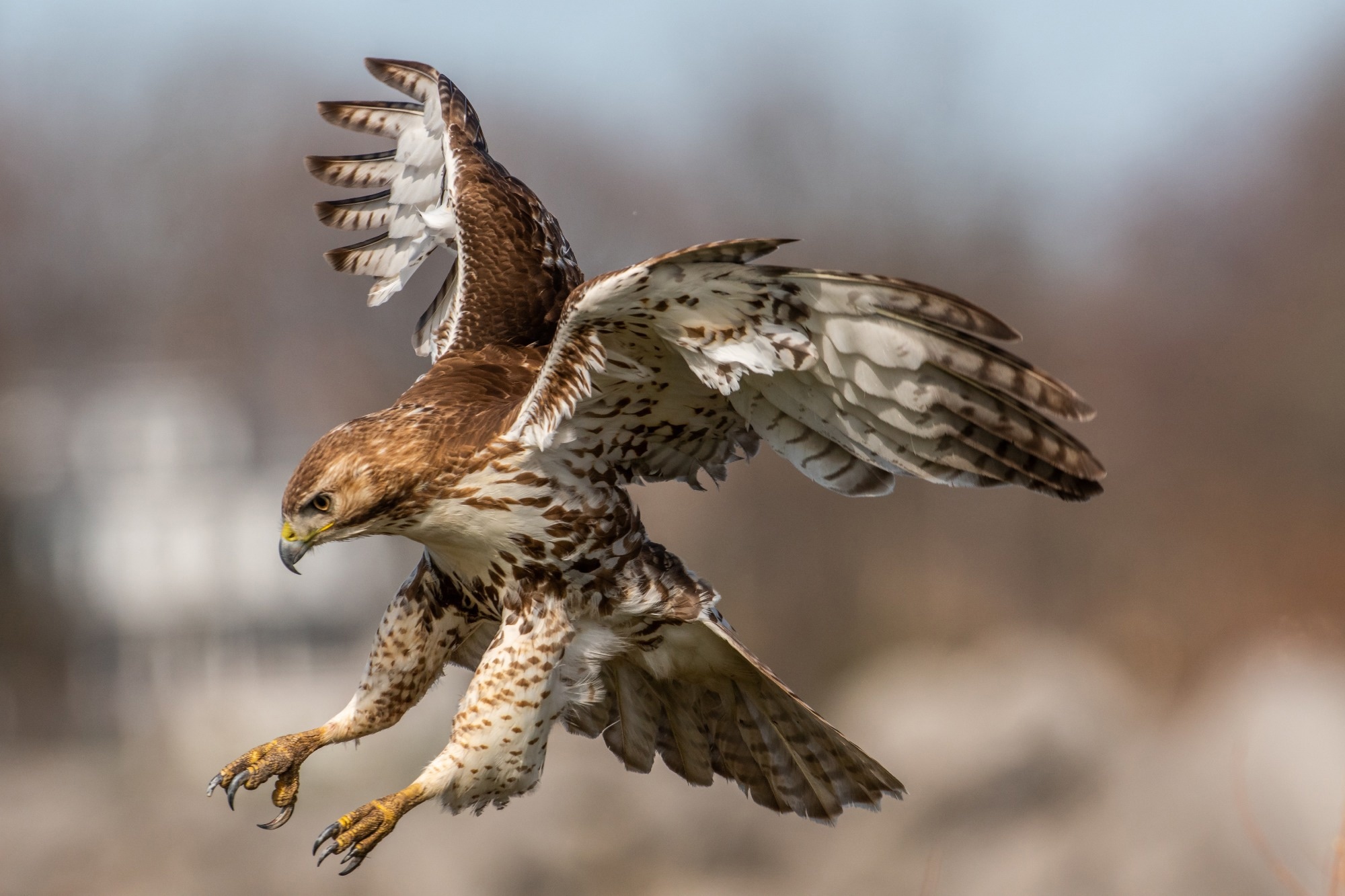A recent study published in Emerging Infectious Diseases indicated that Iceland was the stepping stone for the translocation of the highly pathogenic avian influenza virus (HPAIV) between North America and Europe.
 Study: Iceland as Stepping Stone for Spread of Highly Pathogenic Avian Influenza Virus between Europe and North America. Image Credit: David Brace/Shutterstock
Study: Iceland as Stepping Stone for Spread of Highly Pathogenic Avian Influenza Virus between Europe and North America. Image Credit: David Brace/Shutterstock
HPAIVs of the haemagglutinin 5 (H5) subtype with zoonotic potential emerged from domestic geese in the 1990s in China. The viral descendants have spread ever since and evolved into several clades, forming many genotypes and sub-genotypes and threatening poultry production. These HPAIVs have spread into Africa, Eurasia, and North America due to repeated incursions into migratory aquatic birds in Asia since 2005.
Europe witnessed severe epizootics of HPAIVs in the 2020-21 and 2021-22 influenza winter seasons, renewing concerns about the spread of HPAIVs to North America. Moreover, the H5N1 virus was detected in wild birds in December 2021 in Canada, with subsequent introductions into poultry farms along the eastern United States (US) coastline. Phylogenetic analyses suggest a close relationship between the influenza viruses in North America and H5N1 genotypes in Europe.
The study and findings
The present study demonstrated that HPAIVs were transferred from Europe to North America through Iceland via migratory birds. A retrospective examination of wild bird samples revealed an HPAI case in a dead juvenile white-tailed sea eagle in Iceland in October 2021. This bird carried a satellite transmitter from July 2021.
The young bird died on October 8, 2021. The autopsy showed gross pathologic changes such as fibrinous pericarditis and swollen liver, kidneys, and spleen, indicating a severe disease that caused death. Quantitative reverse-transcription polymerase chain reaction tests revealed high viral loads of the HPAIV H5N1 in all tested organs.
Veterinary officials ramped up passive surveillance in early 2022 through public reports of sick/dead wild birds. A pink-footed goose, common raven, and northern gannet tested H5N1-positive in mid-April. Public awareness and reports of sick/dead birds increased sharply after this news was released. Twenty-one wild birds across ten species tested positive for the H5N1 virus since April 2022.
The authors performed whole-genome sequencing for three samples with high viral loads. H5N1 clade 2.3.4.4b was detected in the samples. Phylogeographic and phylogenetic analyses revealed a close relationship to the H5N1 genomes from North America and Europe, grouping in two recently defined B1 and B2 hemagglutinin clusters in the clade.
These findings were suggestive of at least two independent incursions of the HPAIV H5N1 into Iceland. The viral genome sequence from 2021 was grouped in the B1 hemagglutinin cluster between the genome sequences from northern Europe, Canada, and the eastern US coastline. Further analyses ruled out reassortment with other avian influenza virus strains from Europe.
Time-scaled analyses showed the circulation of similar viruses from Winter 2020 to Spring/Summer 2021 in northern Europe, suggesting that the virus spread from the British Isles to Iceland to Canada and the US east coast. Since white-tailed sea eagles are resident species, it was unlikely that they were responsible for the virus introduction into Iceland.
The infection of the eagle was perhaps a result of feeding on the infected. Some possible prey species, including gulls, geese, and waders, were confirmed to have been infected in the Spring/Summer of 2021; moreover, these species migrate from the North Sea region and the British Isles.
Additionally, H5N1 genomes isolated from two chickens were sequenced. This provided evidence of another independent incursion of the hemagglutinin B2 cluster viruses. The phylogeographic analysis demonstrated that the virus was introduced into Central Europe from Northern Asia. Viruses of the B2 cluster have not yet been reported in North America.
Conclusions
The study provided evidence of two independent translocation events for H5N1 clade 2.3.4.4b viruses from Europe into Iceland through the British Isles in October 2021. The breeding colonies of pelagic birds are situated along the Northern Atlantic coasts. The daily reports of sick/dead gannets and H5N1 infection of gannet carcasses since April 2022 hint at a possible threat of a large-scale HPAIV outbreak. Hence, passive surveillance efforts must focus on colony-breeding and scavenging species.
Journal reference:
- Günther A, Krone O, Svansson V, Pohlmann A, King J, Hallgrimsson GT, et al. (2022). Iceland as stepping stone for spread of highly pathogenic avian influenza virus between Europe and North America. Emerging Infectious Diseases. https://wwwnc.cdc.gov/eid/article/28/12/22-1086_article